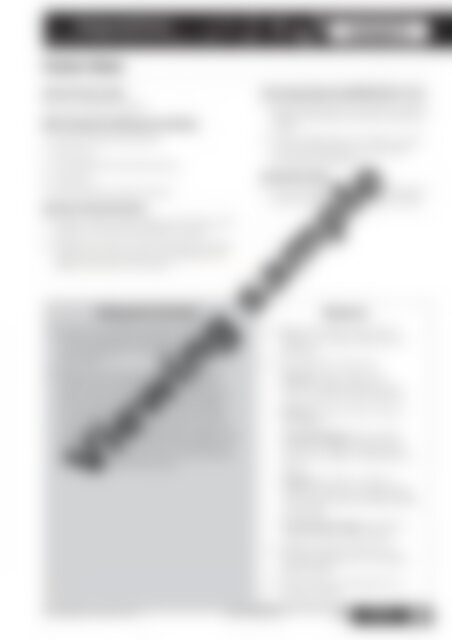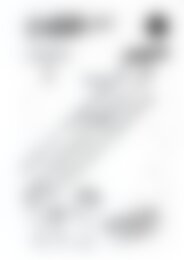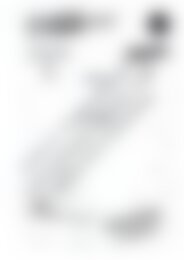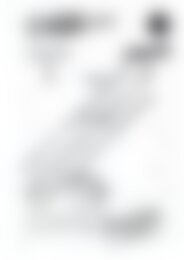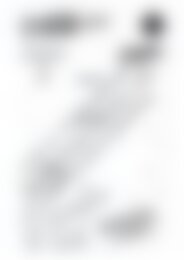PR-6171IRE Science A STEM Approach - 1st Class
Create successful ePaper yourself
Turn your PDF publications into a flip-book with our unique Google optimized e-Paper software.
Energy and Forces<br />
NOW YOU SEE IT! NOW YOU HEAR IT!<br />
Lesson 5<br />
Teacher Notes<br />
<strong>Science</strong> Inquiry Focus:<br />
How can sounds be made?<br />
Skills Development/Working Scientifically:<br />
• Questioning and predicting<br />
• Observing<br />
• Investigating and experimenting<br />
• Analysing<br />
• Recording and communicating<br />
<strong>Science</strong> Learning Outcomes:<br />
• Pupils act like scientists when they observe, ask<br />
questions and describe different sounds.<br />
• People use science in their everyday lives when<br />
using musical instruments and exploring how<br />
different sounds can be made.<br />
Background Information<br />
• Sound is an invisible vibration which travels in<br />
waves, spreading outwards from a source such<br />
as a music player, a car engine or a musical<br />
instrument.<br />
• Musical instruments make sounds by being<br />
struck, blown, plucked or by being played<br />
with a bow. Each of these actions causes part<br />
of the musical instrument to vibrate rapidly;<br />
for example, the column of air inside a wind<br />
instrument, the strings of a piano or violin, or<br />
the skin of a drum all vibrate when played. The<br />
vibration of this part of the musical instrument<br />
produces sound waves in the air, and we hear<br />
these sounds as musical notes.<br />
Technology/Engineering/Mathematics Links:<br />
• Exploring properties of materials used to<br />
design instruments and the sounds they<br />
create.<br />
• Using a digital device to make an audio<br />
or visual recording of sounds made<br />
during the experiment.<br />
Assessment Focus:<br />
• The recording sheet on page 76 may be<br />
used as a formative assessment activity.<br />
Resources<br />
• Magic School Bus clip Sound is<br />
Vibration at <br />
• Pre-prepared instruments:<br />
Striking—large, empty cans;<br />
balloons; rubber bands; pencil;<br />
ruler; small drumstick (optional)<br />
Blowing—plastic straws, scissors,<br />
sticky tape<br />
Scraping/Tapping—plastic drink<br />
bottle with ridges, strong tape to<br />
secure lid, length of ribbon/string,<br />
pencil<br />
Shaking—two clean, recycled<br />
yoghurt containers or large plastic<br />
cups; seeds/rice/dried beans/pasta;<br />
strong tape<br />
Plucking/Strumming—tissue box;<br />
scissors; large, rubber bands<br />
Viewing sample<br />
• Sufficient copies of page 76 or<br />
ShowMe application on computer<br />
tablet instead<br />
• Audio/video recording device or<br />
computer tablet<br />
Prim-Ed Publishing – www.prim-ed.com 978-1-912760-15-2 <strong>1st</strong> <strong>Science</strong>: 73<br />
CLASS<br />
A <strong>STEM</strong> AP<strong>PR</strong>OACH


